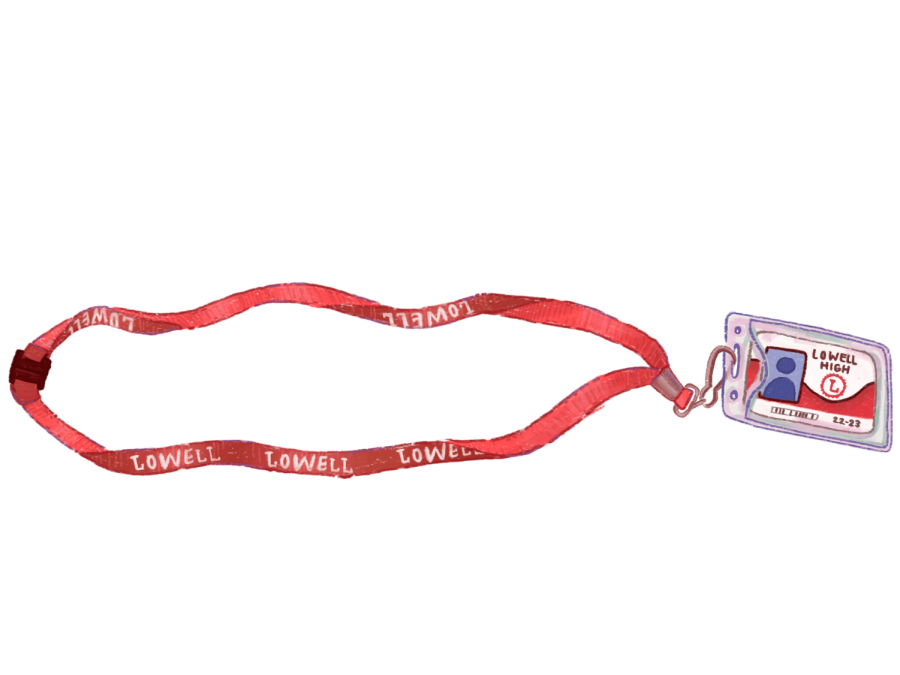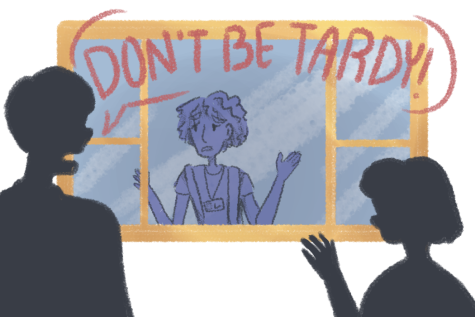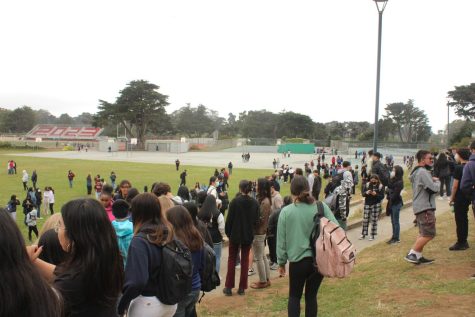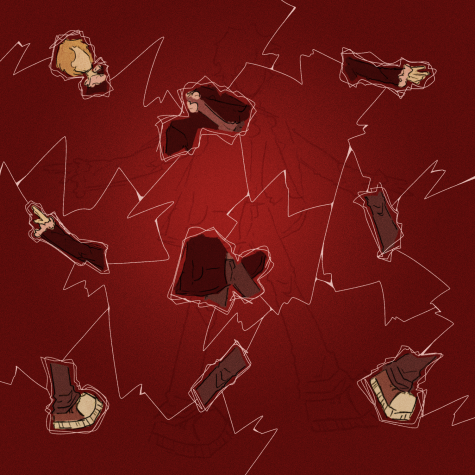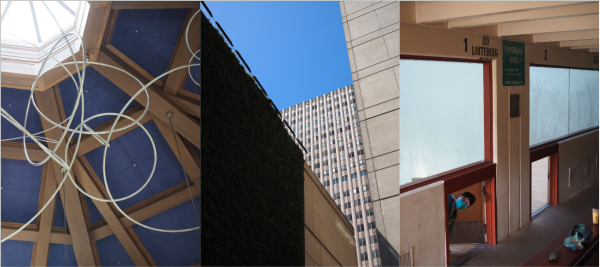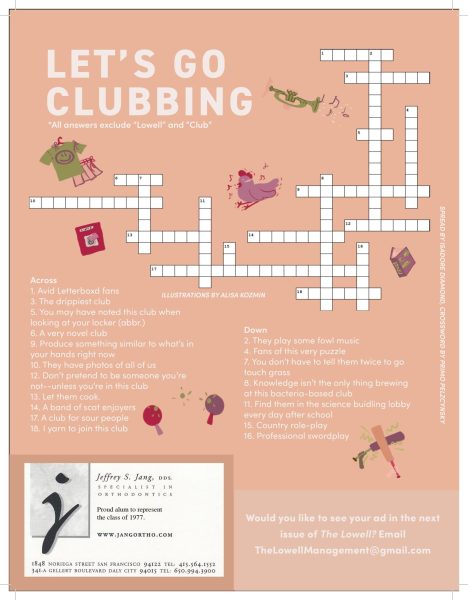L is for Lanyard
In a weekly newsletter sent to all students, Lowell administration announced that lanyards were to be distributed in reg the following week “to keep [students] safe.” Students would be expected to wear their lanyards at all times for identification and security purposes. After weeks of delay, reg teachers distributed lanyards to students. However, the students’ response was to completely ignore the policy, most without fear of consequences. The lanyard policy should be rescinded because lanyards aren’t consistently worn, don’t help bolster campus security or safety, and are detrimental to students’ comfort and self-confidence.
At first, it seemed that lanyards were a concrete security measure that would be strictly mandated. Following lanyard distribution, enforcement was said to start the Monday after Picture Makeup Day, coined “Phase Three,” with Phase One and Two being the distribution of lanyards to teachers and students. Failure to wear a lanyard would result in being sent home or to the main office to print a new one for a five dollar fee. However, the day of the supposed start of Phase Three, lanyards hung around the necks of only a few students, specks of red in a sea of normal, lanyard-free clothing. No one wants a photo that they’re not confident in on display to thousands of people.
A reason for this is that students are uncomfortable wearing their IDs in the halls. IDs have students’ full name, grade, registry, and ID number, which is personal information that many people are uncomfortable sharing. No one wants a photo that they’re not confident in on display to thousands of people. One of the staples of the highschool experience is stuffing your embarrassing, oversaturated, badly angled student ID in the bottom of your bag and forgetting about it for the rest of the year, an experience that would conflict with requiring IDs to be out. The lanyards themselves are also an eyesore: Despite Lowell Fashion Club discussing ways to make lanyards more fashionable, there’s really no way to pull off a bright red lanyard showing off your bright orange school picture.
Anger and annoyance over receiving the lanyards led students to come up with creative ways to bend the rules. Just two hours after lanyards were distributed in reg, students were filling the clear sleeves with cash, stickers, drawings, and even their driver’s license. Jose Reyes flexed his $30 and easy breezy tattoo, while Audrey Duane aired her beautiful self portrait. Others wore their lanyards hanging out of their pockets, almost completely hidden with just a few inches of red string visible. If the lanyards were actually being worn, which was rare, they were not being used for the intended purpose. The lanyard policy should be rescinded because lanyards aren’t consistently worn, don’t help bolster campus security or safety, and are detrimental to students’ comfort and self-confidence.
To call it a “lanyard requirement” is even an exaggeration; the confusion that ensued after lanyards were distributed wasn’t regulated in the slightest. If the requirement couldn’t even be enforced, why would they be an effective safety tactic? Asking a small handful of adults to monitor and regulate thousands of high schoolers is an impossible task. When security guards and teachers attempt to enforce the lanyards, they often inconsistently pick random students in the hallway. Lanyards are an all-or-nothing effort; if they’re used to identify outsiders who don’t attend Lowell, all Lowell students must be wearing one. Since that isn’t the case, it’s pointless to call out a few random students who aren’t wearing their lanyards, or continue to urge students around lanyards. Barring a dramatic shift in attitude, students won’t feel pressure to obey policies surrounding lanyards, making the policy itself useless.
Yes, student safety is important, but lanyards are a rudimentary attempt to fix a deeper issue of security at Lowell. They are not worn now, and they won’t be in the future. In order to focus time and energy elsewhere, the “requirement” of lanyards for students should be rescinded.

Emily Yee is a senior at Lowell. She is very cool and amazing and awesome.


